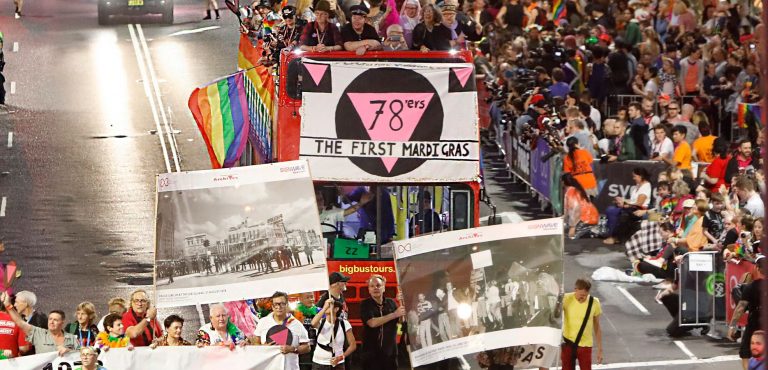
Duncan murder inquiry
The release of the report of the inquiry into the violent death of Adelaide University Law lecturer Dr George Duncan near a well-known beat in 1972 is set to raise more questions than it answers.
South Australian attorney-general Michael Atkinson told parliament on Monday that the report of the inquiry, by Scotland Yard Detective Bob McGowan and Detective Sergeant Charles O’Hanlon, would be released in full -“ almost.
The identities of some witnesses would be suppressed, Atkinson explained, because lifting still-binding suppression orders on their names would cause unnecessary hardship to the witnesses and to their families.
The publication of the report has enraged gay and lesbian activists, particularly as it asserts that those responsible for Duncan’s death had no real intention of causing anyone’s death. This was merely a high-spirited frolic that went wrong. But unless this matter is resolved, justice will not be seen to be done.
Duncan was attacked on the banks of Adelaide’s Torrens River on the night of 10 May 1972. He and two other men were thrown into the river that night. Duncan drowned as he did not know how to swim.
The report names one of the other men thrown into the river -“ Roger James -“ but the suppression of the name of the other man will continue.
Adelaide gay activist Malcolm Cowan said the authors were homophobic and glib about Duncan’s murder. They actively discredited the witnesses to the incident, labelling one key witness a suspected drug addict because he had been convicted of a minor drug possession offence in 1967, he added.
Cowan also said: There’s nothing in the report that we don’t already know.
Nobody has ever been convicted of Duncan’s murder. The report names three policemen -“ all members of the vice squad -“ who were in the vicinity of the Torrens riverbank at the time of Duncan’s death.
McGowan wrote that he believed the officers were involved, possibly with others, in throwing Duncan, James and [third unnamed witness] into the water, but despite intensive inquiries, no further witness has been found who can assist in providing further evidence against them.
In 1988, Francis John Cawley, Michael Kenneth Clayton and Brian Edwin Hudson were charged with manslaughter over the incident; however, the charges against Hudson were later dropped and a jury acquitted the other two men.
Atkinson’s address to parliament on Monday ended with an extraordinary twist which could be taken as an attempt to discredit the report’s findings.
Before moving that the report be published, I would like to state that the public may wonder whatever happened to Detective Chief Superintendent McGowan and his sergeant, Atkinson said. As far as we know, both left the police force a few years after writing the report. Mr McGowan retired and was later convicted of fraudulent evasion of Value Added Tax. Mr O’Hanlon was convicted of four counts of corruption.
A spokesperson for Atkinson defended the comments, saying that the government was not seeking to support or dis-endorse the report.
Atkinson told media outlets that the release of the report could dispel some of the myths that have attached themselves to the case over the years. In particular it would disprove conspiracy theories about the involvement of people in high places in the case, he said.
Activists have also questioned the timing of the report’s release. Upon completion of the report, the South Australian government attempted to place a 50-year embargo on it. However, the government has brought the release of the report forward by a few months from the 30-year limit placed by the state’s Freedom of Information Act.
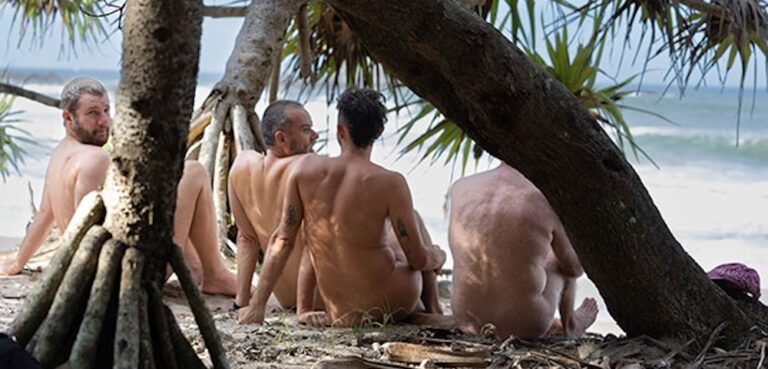
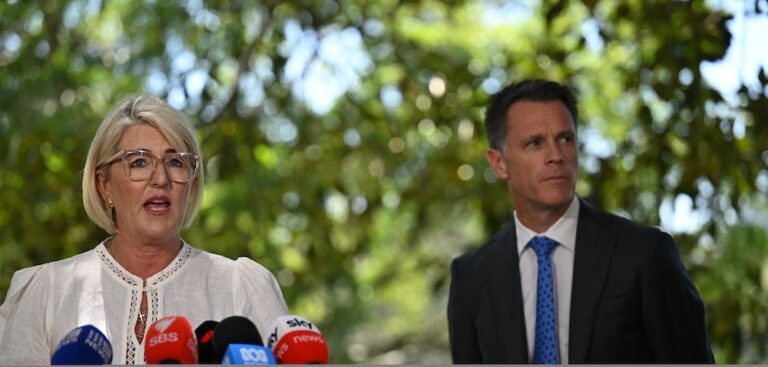
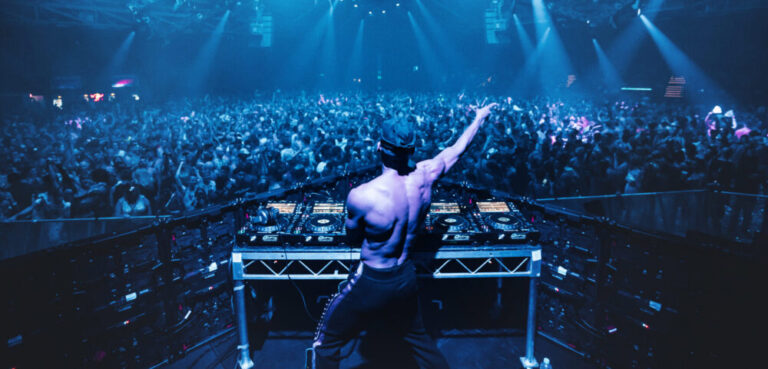
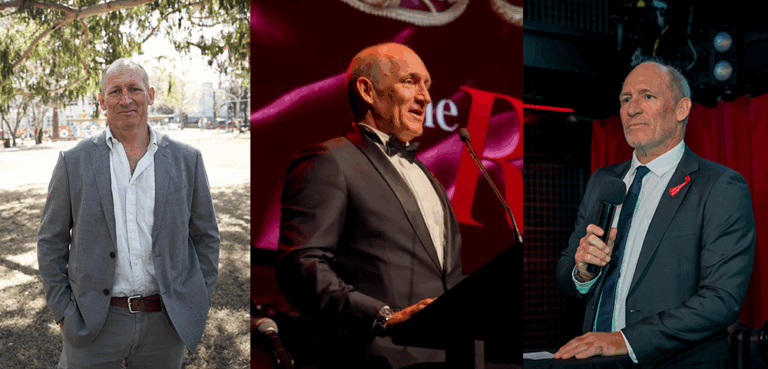
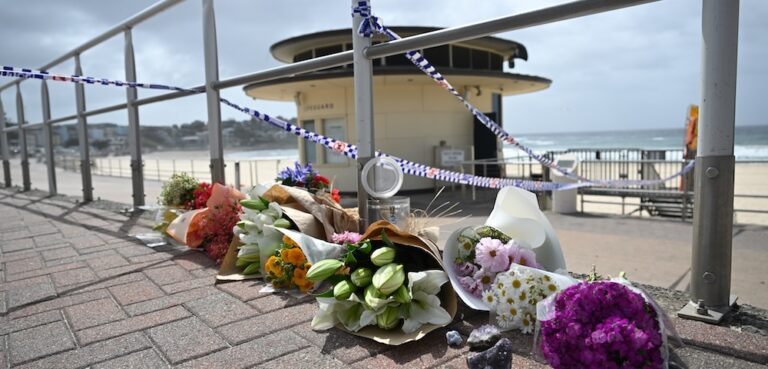

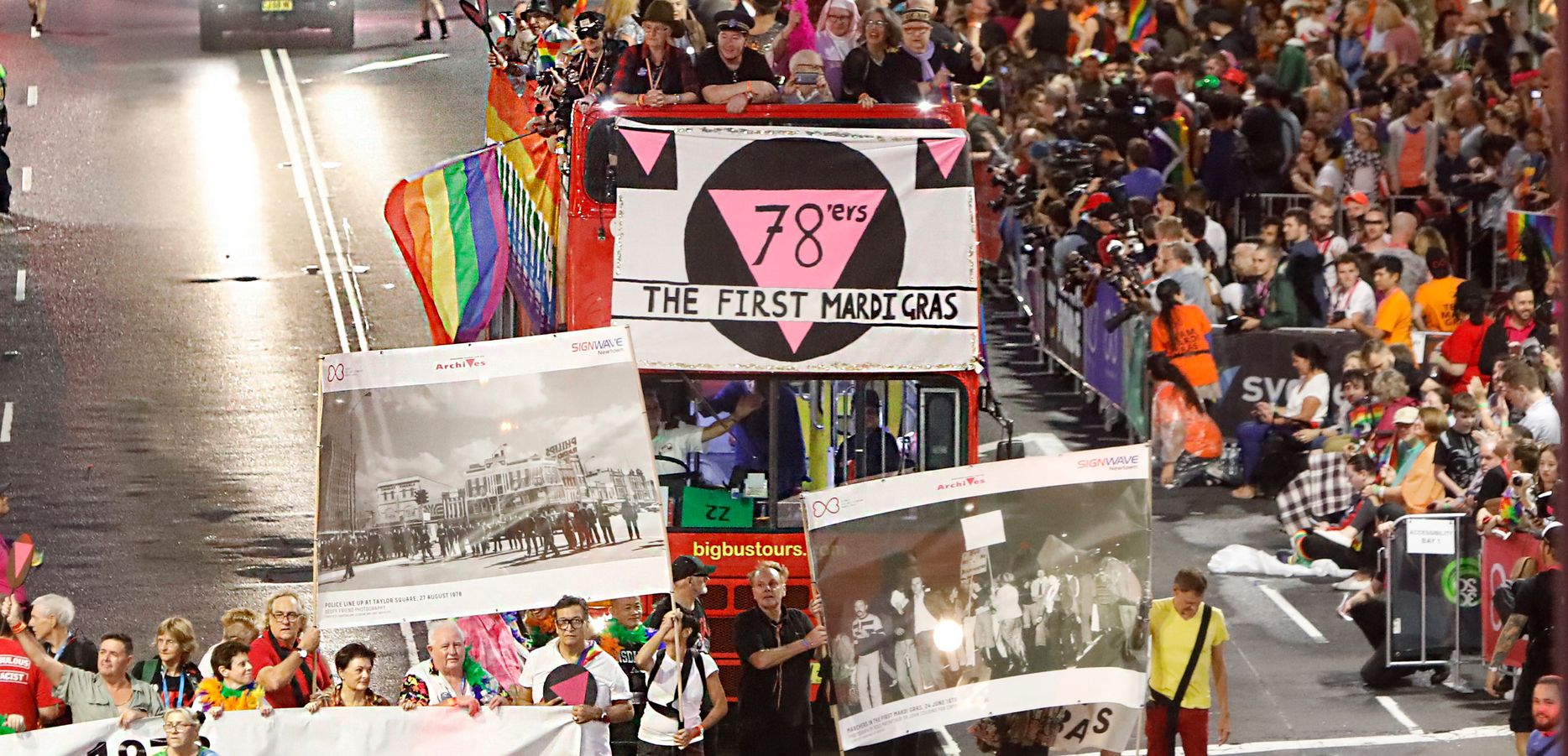
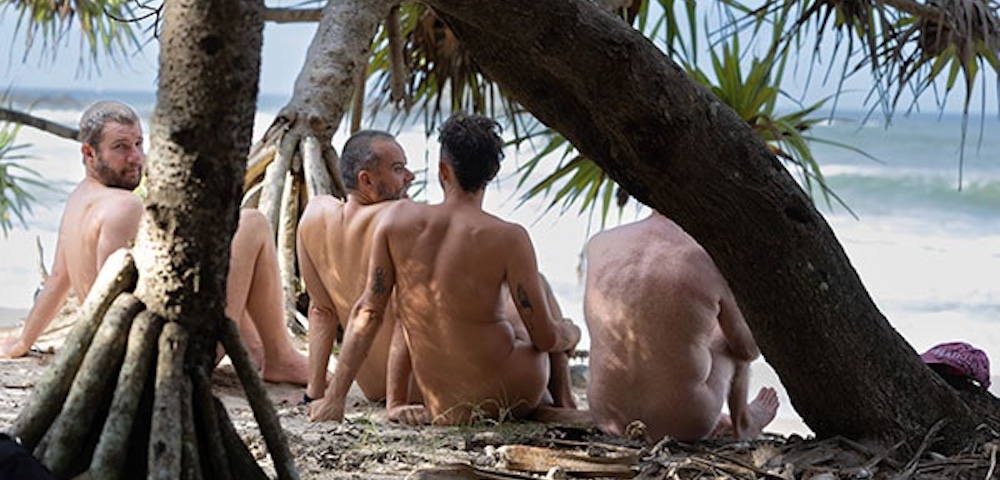
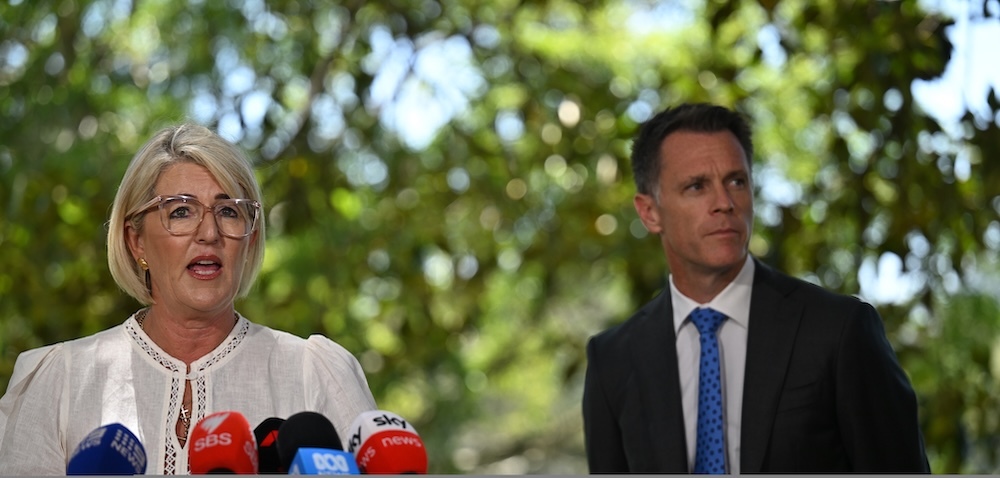
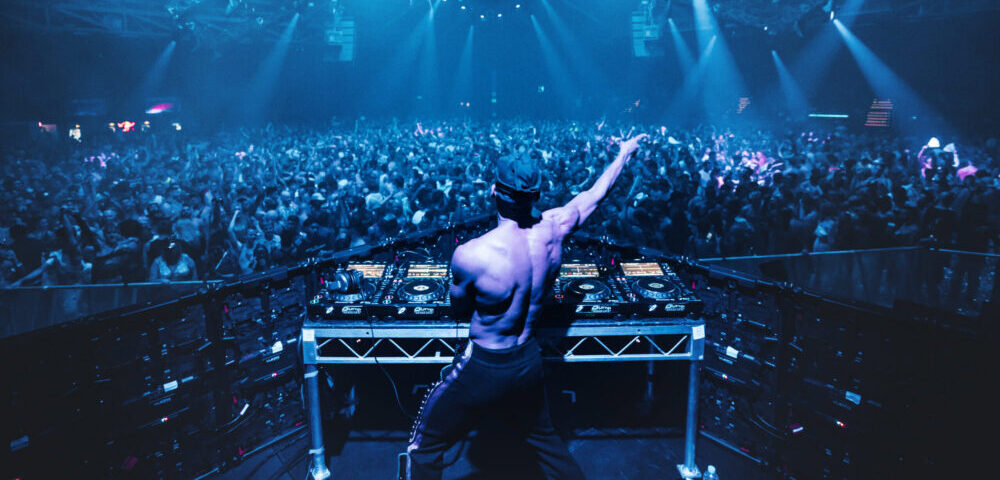
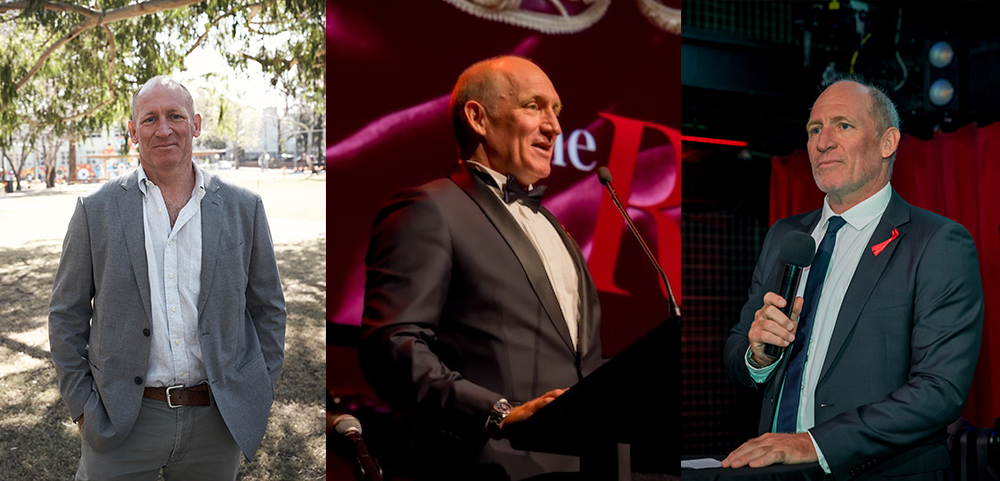
Police offten wonder why the gay community do not report crimes as rape or bashings, and i think that when we see things like the attack and murder of George Duncan, and who was responssable for his death should give them the answer. I feel the police Australia wide will never be able repare the damage they have done.